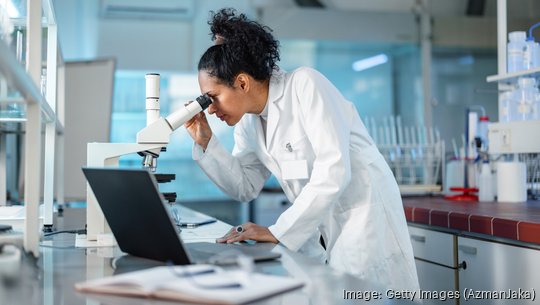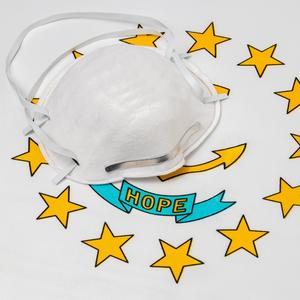
Female doctoral students in STEM fields are less likely to become first-time inventors during their academic training than their male counterparts, a trend that researchers say has an impact on the innovation economy where STEM Ph.D. students are a critical source of human capital.
While investigating the training of STEM Ph.D. students, the MIT Sloan School of Management and Copenhagen Business School found that partially because of differences in how the genders are matched with faculty advisors, there’s a “leaky pipeline” of female inventors-to-be.
"Is the opportunity to become an inventor during Ph.D. training equally available to female and male students?” said Mercedes Delgado, an associate professor of Strategy and Innovation at Copenhagen Business School, research affiliate at MIT and co-author of the study. “The short answer is 'no.'"
Fiona Murray, MIT Sloan professor and associate dean for Innovation and Inclusion and the study’s other co-author, said the findings have “significant implications” for startups and large corporations looking to increase gender diversity, because patenting while still a student gives an inventor a cumulative competitive advantage over time.
Ph.D. advisors play key role in training new inventors
"Imagine you became a new inventor during your Ph.D. studies," Delgado said. "We think that can have — and this is a question for our follow-on work — a long-lasting effect, because after graduation you enter an organization and already know how to do commercial science, so you'll be an even more productive inventor during your career."
The study found that Ph.D. students' advisors play a critical role in training new inventors, encouraging them to file patents and working with them to co-patent innovations. Researchers found that 4% of Ph.D. students at the 25 universities that file the most patents became new inventors. But when they were matched with a faculty advisor who was also a top inventor, the probability of them filing their first patent while a student increased to 23%.
But female Ph.D.s had a 21% lower likelihood of being matched with a mentor who’s a top inventor, and, even if they were, were 17% less likely than their male Ph.D. counterparts to become new inventors.
Women's innovation skills, contributions 'undervalued' by advisors
Murray said female Ph.Ds in the same lab with the same advisor and in similar fields had a lower probability of patenting than their male counterparts. She also said researchers also found that women's innovation skills and contributions were “somewhat undervalued by advisors," and that
The research suggests interventions that could increase the number of female new inventors include tweaking the advisor-advisee matching process so that more women are trained by advisors who are top inventors, and encouraging more female faculty members to engage in high levels of patenting, increasing the pool of female top inventor advisors for future doctoral students.
"By offering more opportunity and access to further training and experience with the patenting process and other entrepreneurial activities for all Ph.D. students, but especially for women, we will improve innovation throughout our economies at a time when this is especially important for national competitiveness," Murray said.








